Opinion: Put students’ health first
Photo by Tessa Devine
Naperville School District 203 is dedicated to serving students. They have employed skilled teachers and established resources for students to improve mental health. Now, more than ever, it is extremely important to prioritize students’ health and safety by keeping them home until COVID-19 cases decrease.
On Monday, Oct. 5th, the District 203 Board of Education, under pressure from the community, unveiled its updated Return to Learn plan. Early childhood and elementary school students will return first, followed by middle and high school students. For grades six through 12, periods will be altered to 85 minutes, and start and end times will be adjusted on Tuesdays through Fridays. On Mondays, all students will be asynchronous. The plan will comply with the Center for Disease Control’s guidelines on school re-openings.
This is being done while COVID-19 numbers are still high in Illinois. According to the Illinois Department of Public Health, Illinois reports a total of 344,048 confirmed cases and 9,214 confirmed deaths, while DuPage County reports about 20,734 total cases, the highest out of all Illinois counties excluding Chicago and Cook County. According to Patch, DuPage and Kane Counties have the fastest-growing positivity rates in Illinois, rising 1.1% this past week.
This is concerning. As a community, we should focus on protecting our students and faculty, not rushing into potentially dangerous situations. The district should push reopening back until the number of COVID-19 cases has decreased in DuPage County, at least to the level they were in June and July.
Recently, the Center for Disease Control published a brief stating that COVID-19 is airborne. COVID-19 is spread by respiratory droplets, which can, depending on their size, spread through the air over distances greater than six feet for up to three hours. The brief also states that “ventilation and avoidance of crowded indoor spaces are especially relevant for enclosed spaces, where circumstances can increase the concentration of suspended small droplets and particles carrying infectious virus.” In other words, being inside an enclosed, unventilated space where many potentially infectious droplets are concentrated for a long time increases the risk of contracting COVID-19.
Passing periods, along with being in classrooms, pose a threat to students’ safety because multiple people are in an enclosed space for long periods of time. Even though the block scheduling shortens the length and frequency of passing periods, there is still a risk. If any COVID-19 droplets enter the air, they can remain in those areas for three hours, still posing a threat for students and teachers who may come into the hall at any time or take their mask off, even when they are in isolated areas.
One argument for going back to in-person learning is centered around students’ mental health. Not being able to see friends or enjoy the full school experience has taken a toll on students, with many left waiting for the day they can finally get back to their normal lives. There is also an increased frustration with online learning. Being on a computer for seven to eight hours, five days a week is physically exhausting — even excluding the added technical difficulties for students that may impede learning. However, if we reopen while COVID-19 is on the rise, it will only increase the severity of the pandemic and we will be forced back into quarantine and full online learning. Of course, it is hard to go a long time without seeing friends and teachers, but if returning to school causes an increase in COVID-19 numbers, it will take even longer for things to return to normal, affecting students even more.
In addition to infection risk, masked, in-person learning will be difficult. Mask wearing will have to be heavily enforced, all classrooms will need to be sanitized frequently and students and teachers will still need to practice social distancing. Online learning is far from perfect, but in the long run, it is safer for students, families, and faculty. While we wait for COVID numbers to come down, students can attend school remotely without worrying about exposing themselves to risk and teachers do not have to worry about reopening clashing with their own concerns about COVID-19.
Since mid-June, New York has maintained a rate of fewer than 500 cases per day, around the same rate Illinois had in the summer. If New York could decrease its infection rate from the level it was at in the spring, being one of the epicenters for the disease in the United States, it is certainly possible for Illinois, and by extension, DuPage County, to do the same. If the community strictly follows CDC guidelines, we can quickly make it safe to return to school.
We are in the fight against COVID-19 together, and we have a duty to ourselves and our community members to protect our students and faculty. If we all do our part to mitigate the spread of the coronavirus by following set CDC guidelines in all aspects of our lives, the day will soon come when we can safely come together to learn face-to-face.

Zayna Quraishi is a senior at Naperville North High School and is excited to return for her second year at The North Star as a Managing Editor and Polaris...

Tessa Devine is a senior at Naperville North and is beyond honored to be this year’s Managing Editor. Tessa loves feeling connected with her school...

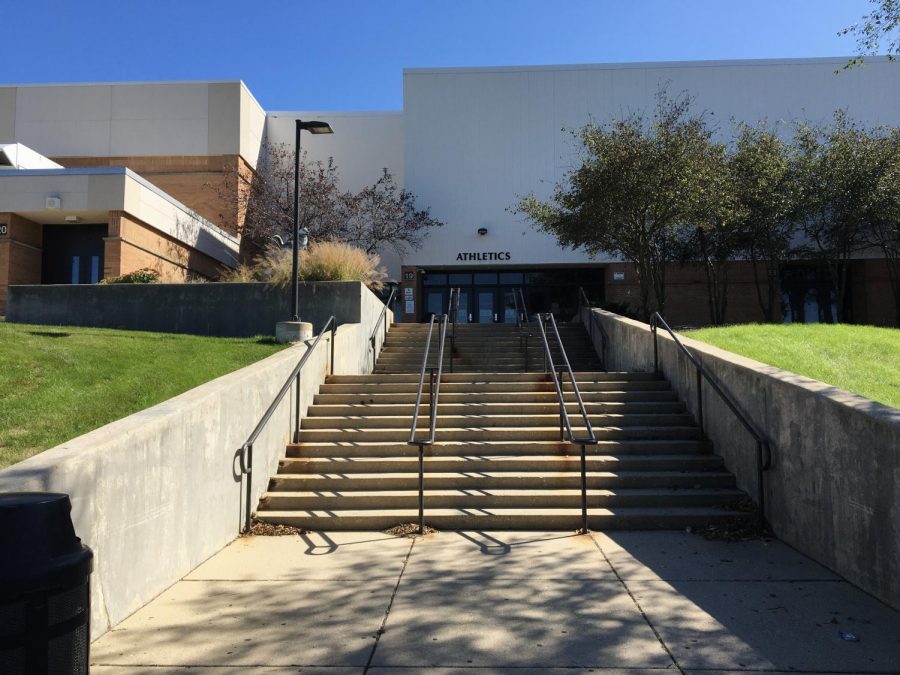

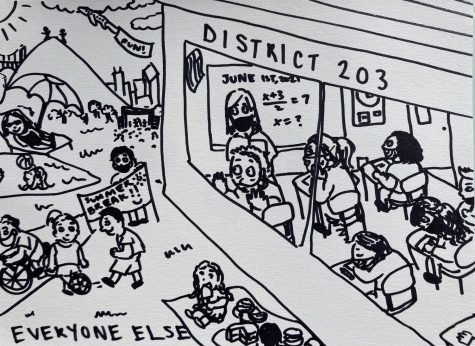



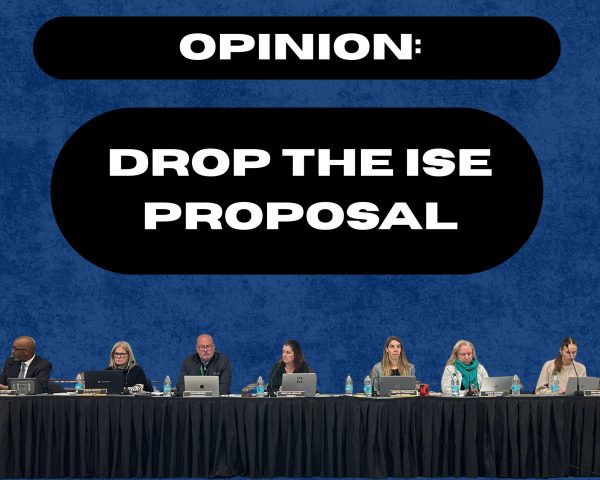

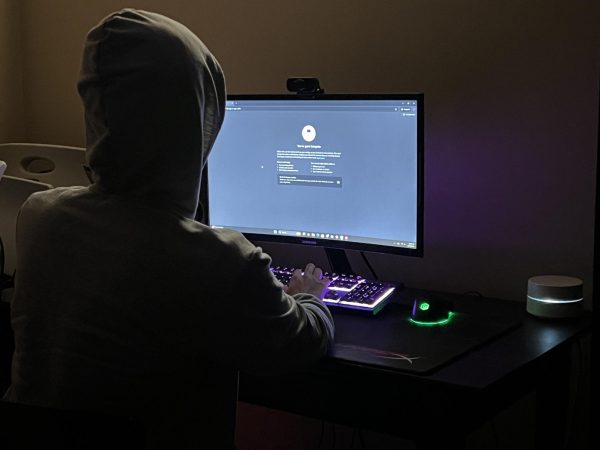
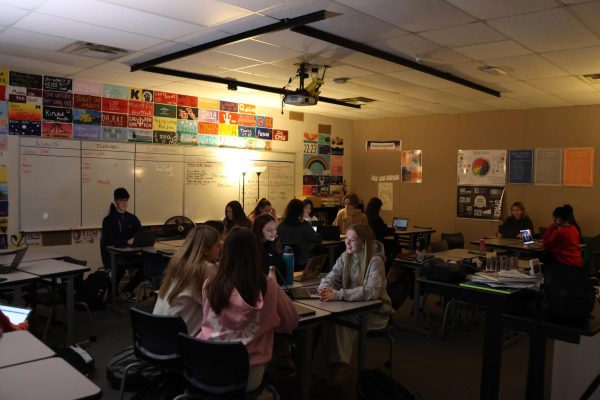
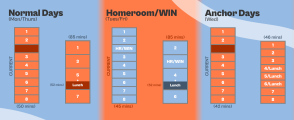
Ajaz A • Nov 15, 2020 at 9:57 pm
Kudos to you Zayna for presenting well researched facts and arguements in such a compelling way.
Pam Seubold • Oct 19, 2020 at 5:49 pm
Well written Zayna.
Ms. Seubold